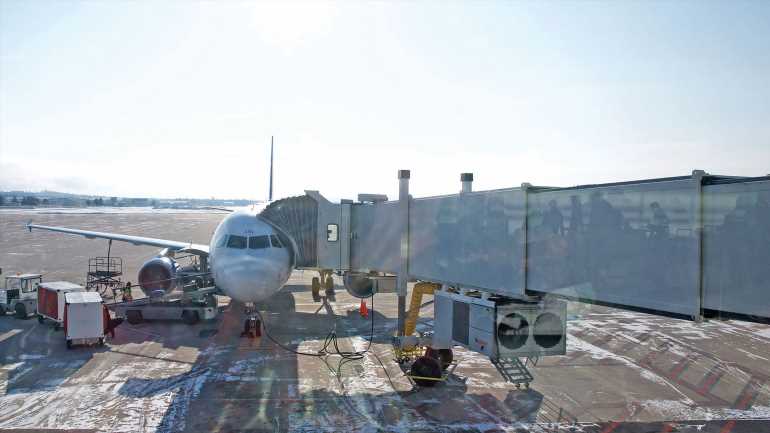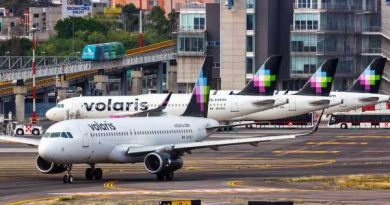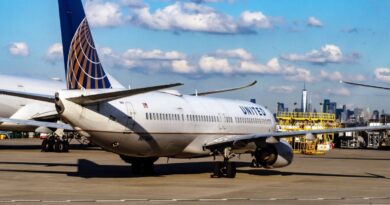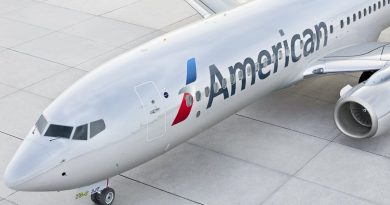As pilot shortage persists, smaller markets may pay the price: Travel Weekly
In January, when regional airline SkyWest requested permission to pull out of federal Essential Air Service contracts for service to Plattsburgh and Ogdensburg, N.Y., it might have been an ominous sign.
SkyWest, which operates twice-daily flights on 50-seat aircraft to each of those markets under the United Express brand, has combined annual contracts for the routes in excess of $8.3 million. But the carrier is facing an acute pilot shortage that is forcing it to fly 10% to 15% less capacity than it did in 2021.
With the shortage expected to be a long-term issue, mainline U.S. carriers United, American, Delta and Alaska, in concert with regional partners like SkyWest, are facing similarly difficult decisions nationwide regarding cutbacks in small U.S. communities that rely on service from 50-seat aircraft.
- Related: United Airlines is cutting more regional routes
It’s a dynamic that has airline industry consultants Bill Swelbar and Mike Boyd calling for a consolidation of the U.S. regional air network.
“Probably a system of 300 airports makes sense,” said Swelbar, comparing that figure to the approximately 430 continental U.S. airports that currently have commercial service. Swelbar also said it would be sensible for approximately 100 continental U.S. airports to receive Essential Air Service subsidies, instead of the current 111.
In a recently published paper, Swelbar and Boyd argue that 50-seat aircraft are too big to efficiently serve many communities. That’s especially the case, they say, because airports need a minimum of three-times daily service to offer meaningful connectivity. Fewer frequencies, Swelbar said, and travelers will drive to nearby airports for better schedules and multi-class aircraft cabins.
This month, each of the Big 3 U.S. airlines will average less than three daily frequencies to predominantly 50-seat destinations, Swelbar and Boyd wrote.
Noting that there are 160 small commercial airports in the continental U.S. within 180 miles of a larger airport served by American, Delta, Southwest or United, the two analysts make the case for airport consolidation within regions.
As an example, they cite Duluth, Minn., which currently has service to just four destinations, while the smaller Minnesota towns of Hibbing and Brainerd, both that are less than 100 miles from Duluth, have subsidized Essential Air Service, providing twice-daily flights to Minneapolis.
“As Duluth loses service to Minneapolis/St. Paul, a three-hour drive to the south, should we be subsidizing air service in Hibbing, or even Brainerd?” Swelbar and Boyd wrote.
- Opinion: It’s time to rethink the pilot training rules
Such arguments, though, aren’t likely to sit well in the destinations that could be impacted by a consolidation of the U.S. route map and which view air service as critical to their ability to attract and retain residents and businesses.
“It ignores the fundamental fact that connectivity is really important to small communities,” said Faye Malarkey Black, CEO of the Regional Airlines Association (RAA).
Twenty-four percent of U.S. communities with commercial air service are served exclusively by 50-seat regional jets, according to the RAA. And Black said that the growth in remote work during the pandemic as well as demographic flows away from big cities make a case for shoring up regional air service. Rather than consolidate the U.S. air network, policymakers should work on long-term solutions to the pilot shortage, she said.
The RAA advocates for more federal funding assistance for pilot trainees and the approval of new, regimented training pathways that can be completed in less than the 1,500 flight hours generally required to crew a U.S. commercial flight.
Hurdles for travel advisors
Travel advisors located in communities where air service is on the decline are sympathetic with elements of the arguments made by both sides.
Diane Bean, owner of the Off on Vacation luxury travel agency in Bangor, Maine, said that the town used to have “enormous” lift from Delta, but not anymore.
“Finding flights is the most difficult part of the job these days,” Bean said. “To find inventory domestically, I check Bangor and Portland in Maine, Manchester in New Hampshire and Boston.”
Steve Glenn, chairman of Lincoln, Neb.-based Executive Travel (No. 48 on Travel Weekly’s 2021 Power List), said that the recent exit of Delta from Lincoln is problematic to the local business community.
“They don’t want to lose the ability to have flexibility on flights,” he said.
- Related: Small communities see airlift vanish
But Glenn added that subsidized Essential Air Service from Grand Island, 90 miles west of Lincoln, as well as farther-afield Nebraska towns, draws potential customers out of Lincoln.
“We’ve got air service into towns that don’t make any sense at all that are subsidized by the federal government, and all those put stress on the system,” he said.
Source: Read Full Article



